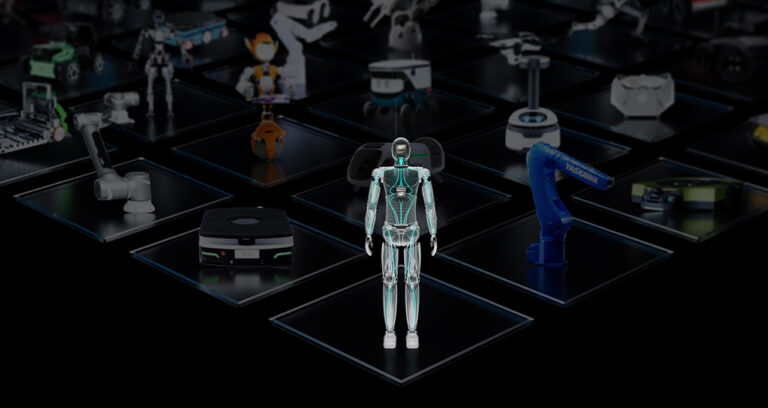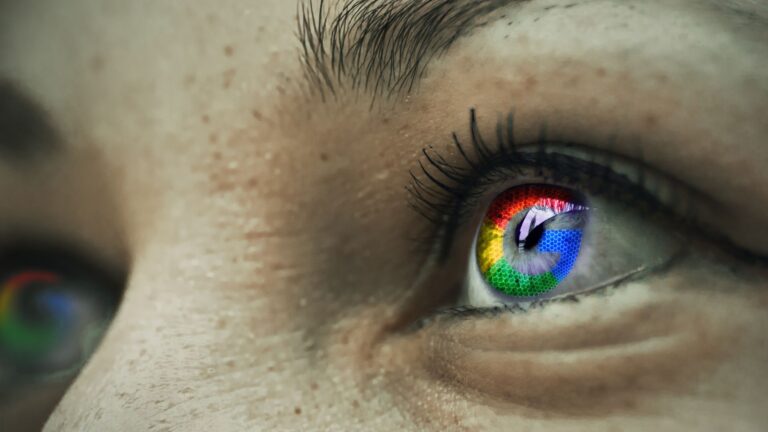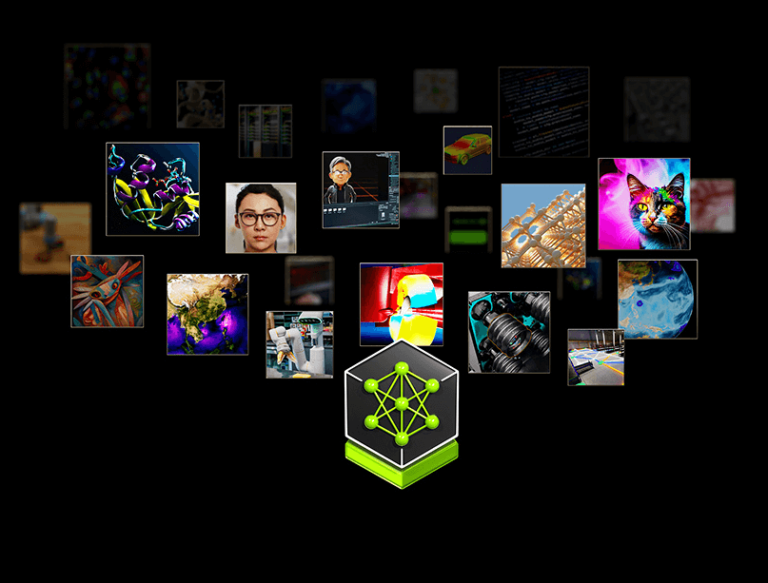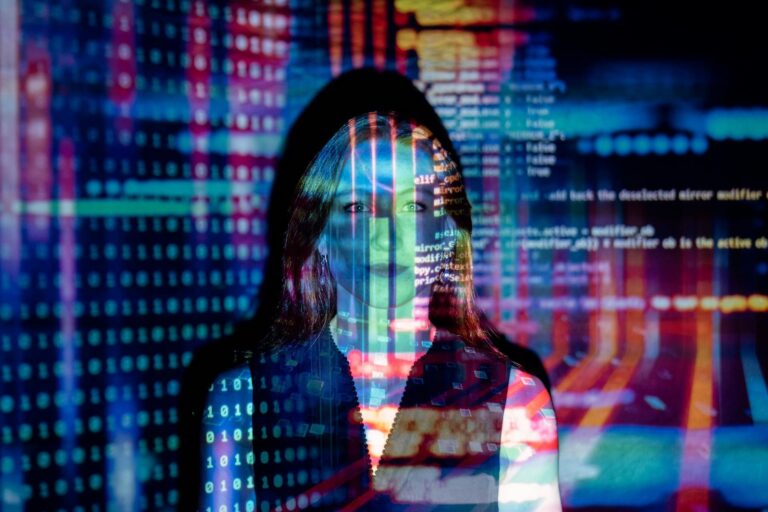Unlocking the Power of AI Image Generation: Your Ultimate Guide
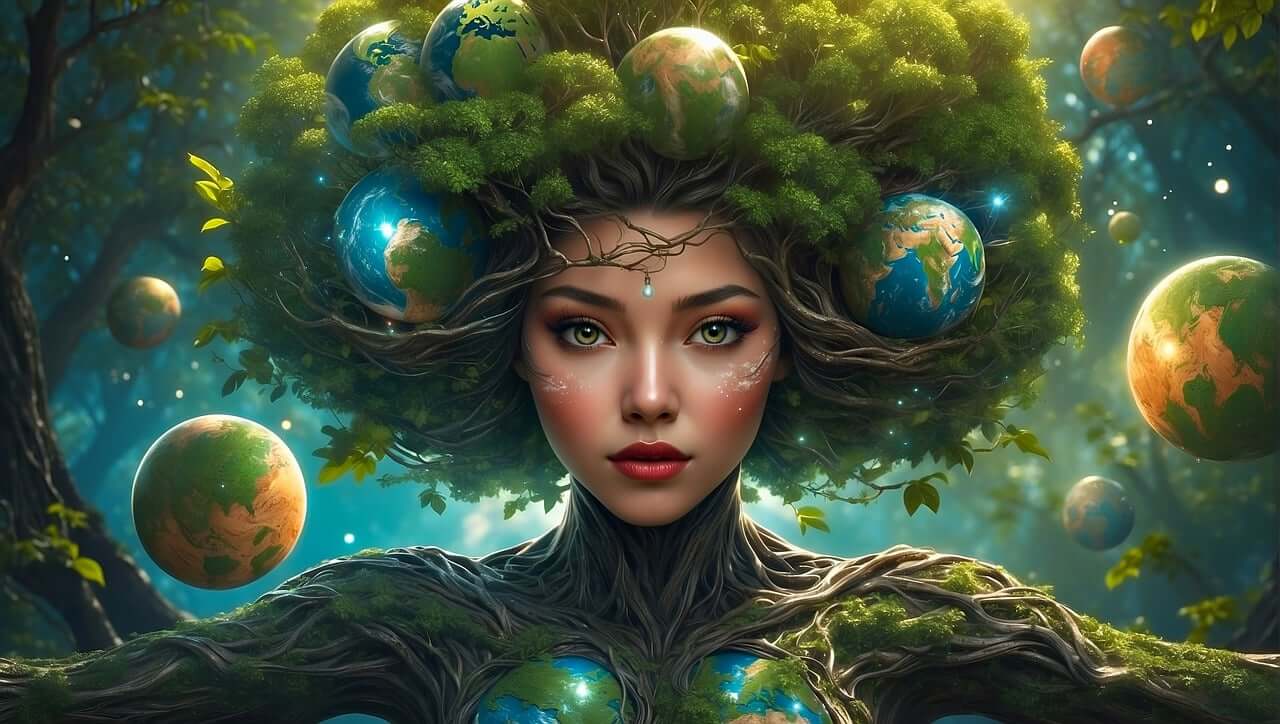
In today’s digital age, images are everywhere. From social media feeds to websites, captivating visuals are crucial in capturing the audience’s attention and conveying messages effectively. However, creating compelling images can be a time-consuming and sometimes daunting task. That’s where the power of AI image generation comes into play, offering innovative solutions to streamline the creative process. In this comprehensive guide, we’ll explore the ins and outs of AI image generation, providing actionable insights and strategies to help you harness its full potential.
Understanding AI Image Generation
Before discussing the practical aspects, let’s first demystify AI image generation. At its core, AI image generation refers to using artificial intelligence algorithms to create or manipulate images autonomously. These algorithms analyze large amounts of data to understand patterns, styles, and features, enabling them to generate realistic and visually appealing photos.
The Role of Machine Learning
Machine learning is central to AI image generation, a subset of AI that focuses on enabling computers to learn from data and improve over time without explicit programming. Machines can mimic human creativity and produce high-quality images through deep learning, neural networks, and generative adversarial networks (GANs).
Benefits of AI Image Generation
Adopting AI image generation offers numerous benefits for individuals and businesses alike. Some key advantages include:
- Time Efficiency: AI-driven tools can swiftly produce images, significantly reducing the time needed for manual crafting.
- Cost-Effectiveness: Organizations can save on labor costs and resources by automating the image generation process.
- Creativity Enhancement: AI algorithms can inspire creativity by providing endless image variations and style possibilities.
- Consistency: AI can help ensure a cohesive visual brand presence across various platforms and content formats.

Solutions for AI Image Generation
Now that we’ve covered the basics let’s explore some practical solutions for leveraging AI image generation in your workflow. Whether you’re a marketer, designer, or content creator, these tools and techniques can help elevate your visual content game.
AI-Powered Design Platforms
Platforms like Canva, Adobe Sensei, and Fotor leverage AI algorithms to simplify design and empower users to create stunning graphics effortlessly. These tools offer intuitive interfaces, customizable templates, and intelligent suggestions to guide users through the design journey.
Style Transfer Algorithms
Style transfer algorithms, such as those based on convolutional neural networks (CNNs), allow you to apply artistic styles from one image to another. By harnessing these algorithms, you can transform ordinary photos into masterpieces inspired by renowned artists or distinctive visual styles.
Generative Adversarial Networks (GANs)
GANs represent a cutting-edge approach to AI image generation. They pit two neural networks against each other in a creative duel. One network generates images, while the other critiques them, leading to a continuous improvement cycle. This technique enables the creation of hyper-realistic images and photorealistic artworks.
Image Upscaling and Enhancement
AI-powered tools like Topaz Labs’ Gigapixel AI and Adobe Photoshop’s Content-Aware Fill utilize machine learning to enhance image quality and upscale resolution without sacrificing detail. These tools work wonders for restoring old photographs or improving low-resolution images.
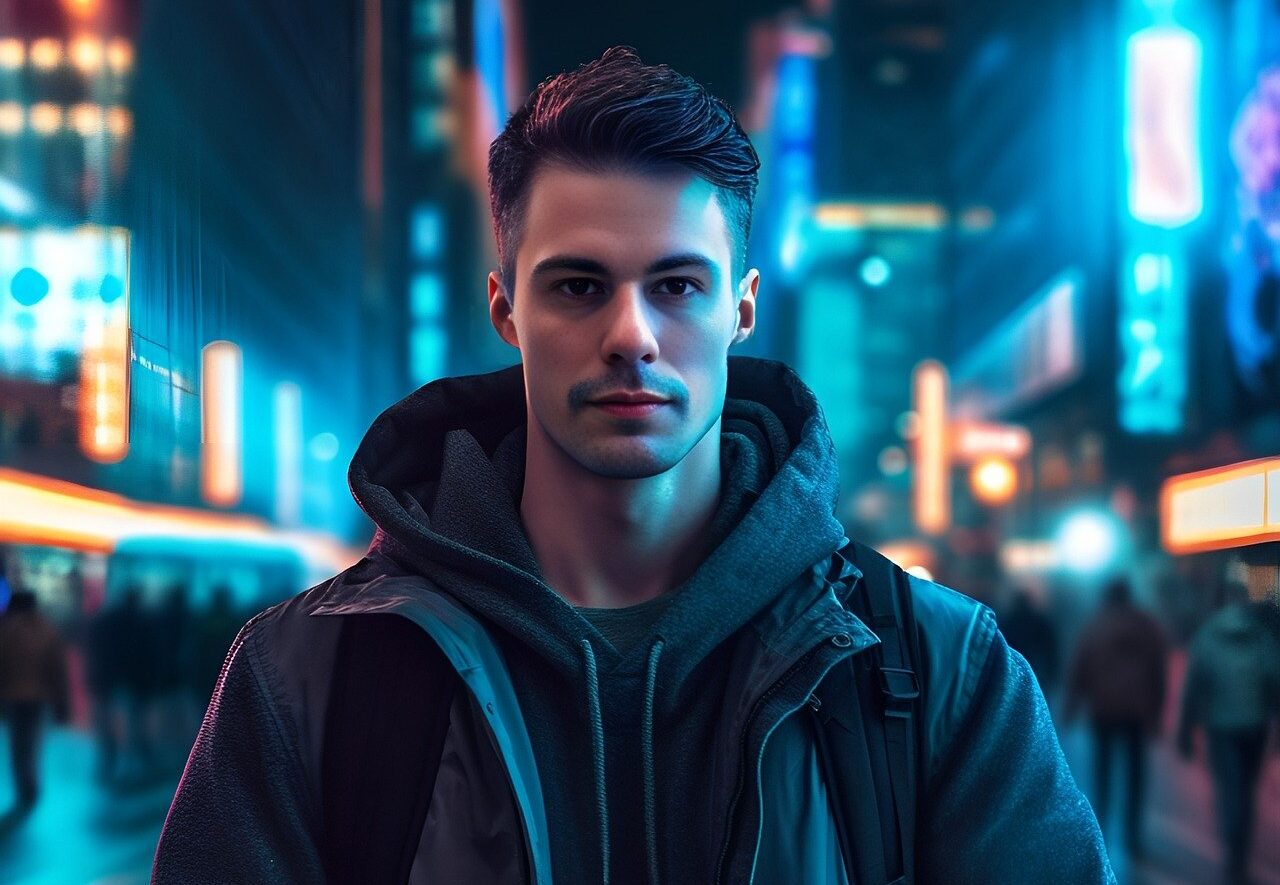
Generating AI images involves several steps:
- Choose an AI Image Generation Tool: Select a reliable AI image generation tool or platform that suits your needs and proficiency level. Popular options include DeepArt, RunwayML, and Google’s Deep Dream Generator.
- Input Desired Parameters: Specify the desired parameters for your image generation, such as style, content, resolution, and additional preferences. Some tools allow you to input text descriptions or reference images to guide the generation process.
- Select a Model or Algorithm: Depending on the tool you’re using, choose a pre-trained model or algorithm that aligns with your desired outcome. Consider style transfer, image synthesis, or specific artistic effects.
- Adjust Settings (if applicable): Fine-tune the settings and parameters of the chosen model or algorithm to achieve the desired level of customization and control over the generated images, Including adjusting style weights, noise levels, or blending modes.
- Initiate Image Generation: Once you’ve configured the parameters and settings, initiate the image generation process. Depending on the complexity of the task and the computational resources available, this step may take seconds to several minutes or even hours.
- Review and Refine: After the image generation, review the output and assess whether it meets your expectations and requirements. If necessary, refine the parameters or adjust the settings to fine-tune the generated images further.
- Save or Export the Results: Once satisfied with the generated images, save or export them in the desired format and resolution. Some tools offer options to download the pictures directly, while others may require you to save them to your account or device.
- Iterate and Experiment: Experiment with different model algorithms to explore the full range of possibilities AI image generation offers. Iterate your designs, solicit feedback, and refine your techniques to achieve optimal results.
By adhering to these steps and trying out different tools and methods, you can utilize the potential of AI image generation to craft captivating visuals and express your creativity freely.
Key Considerations and Best Practices
While AI image generation holds immense potential, it’s essential to approach it strategically and ethically. Here are some key considerations and best practices to keep in mind:
- Data Privacy: Be mindful of the data you use to train AI models and ensure compliance with privacy regulations.
- Ethical Use: Avoid using AI-generated images for deceptive or malicious purposes, and respect copyright laws and intellectual property rights.
- Human Oversight: While AI can automate many tasks, human oversight is crucial to ensure quality control and mitigate biases.
- Continuous learning is essential. To remain competitive in your field, Keep yourself updated on the newest developments and methodologies in AI image generation.
Conclusion
In conclusion, AI image generation represents a game-changing technology that empowers individuals and businesses to unleash their creativity and streamline their visual content workflows. By understanding the principles behind AI image generation and embracing innovative solutions, you can elevate your visual storytelling and make a lasting impact in the digital landscape. Embrace the future of imaging with AI and unlock endless possibilities for artistic expression and communication.

